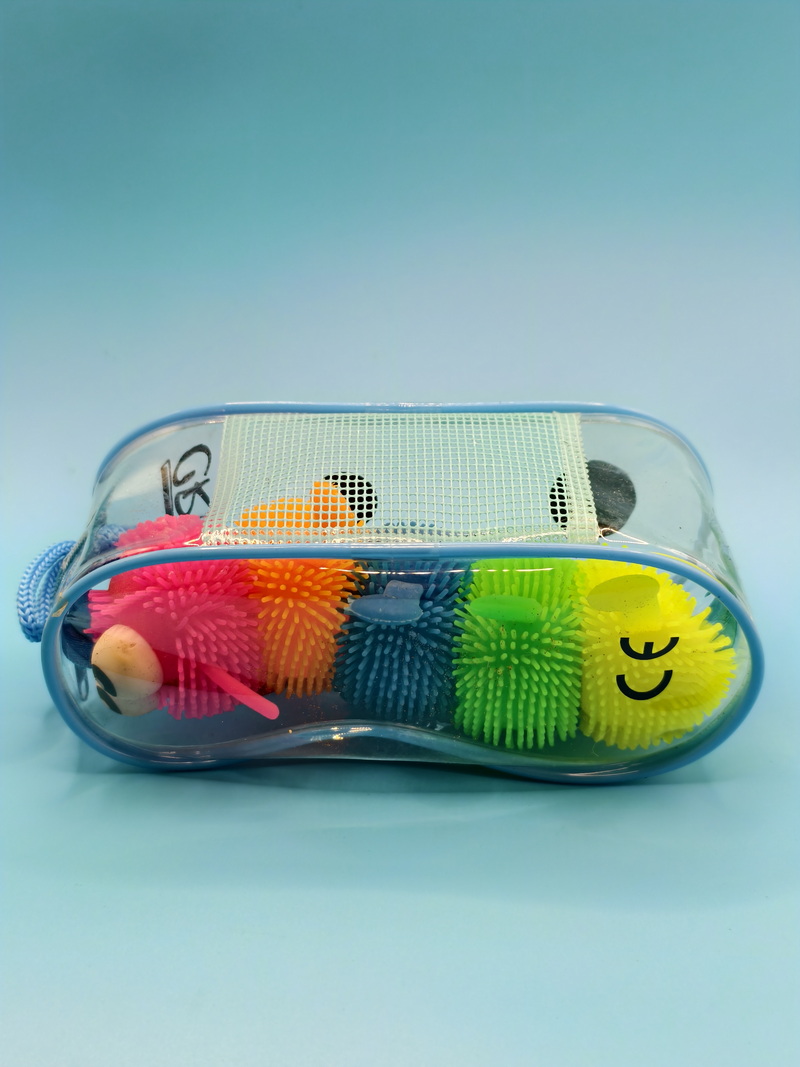Understand the latest news, focus on industry trends, interpretation of professional encyclopedia
TPEs can offer significant cost savings – and the reason for this is they can be processed on plastics machinery, therefore reducing the overall price per project. Combining the aesthetics of conventional thermal rubber with the ease of processing which comes with manufacturing them, TPEs are suitable for high-volume injection moulding.

With shorter processing times, TPE – like TPR – is also 100% recyclable. They can be used up to five times each, although different grades may vary. This consistency ensures engineers can rely on TPE for their project. Energy saving and requiring less man power overall, TPEs are lightweight and can be blow-moulded or thermoformed.
Often, the cost can come down to the number of cavities that can be fabricated for each stage of the manufacturing process, with the TPE process needing around four cavity moulds on a 30-second moulding cycle. With four cavities needed on a 30-second cycle, eight parts per minute can mean 480 are required per hour.
The rubber process can mean twice as many cavities are needed. But engineers are advised not to be put off. The reason is that the TPE process will probably still offer benefits in terms of cost.
TPRs combine the look, feel, and elasticity of thermoset rubber with the processability of plastic. Which brings us right back to where we started – the qualities TPR and TPE have in common. TPR can also be used in injection moulding. It, too, can be blow moulded and thermoformed. Because it’s so malleable, it’s ideal as a custom moulding material.
It is thought that rubber materials offer improved tensile strength and that TPE materials are still deemed ‘inferior’ in terms of their physical properties. You should judge the project and its components on their merits, using the right tools and kit for the job and ensuring plenty of forward-planning is in place.